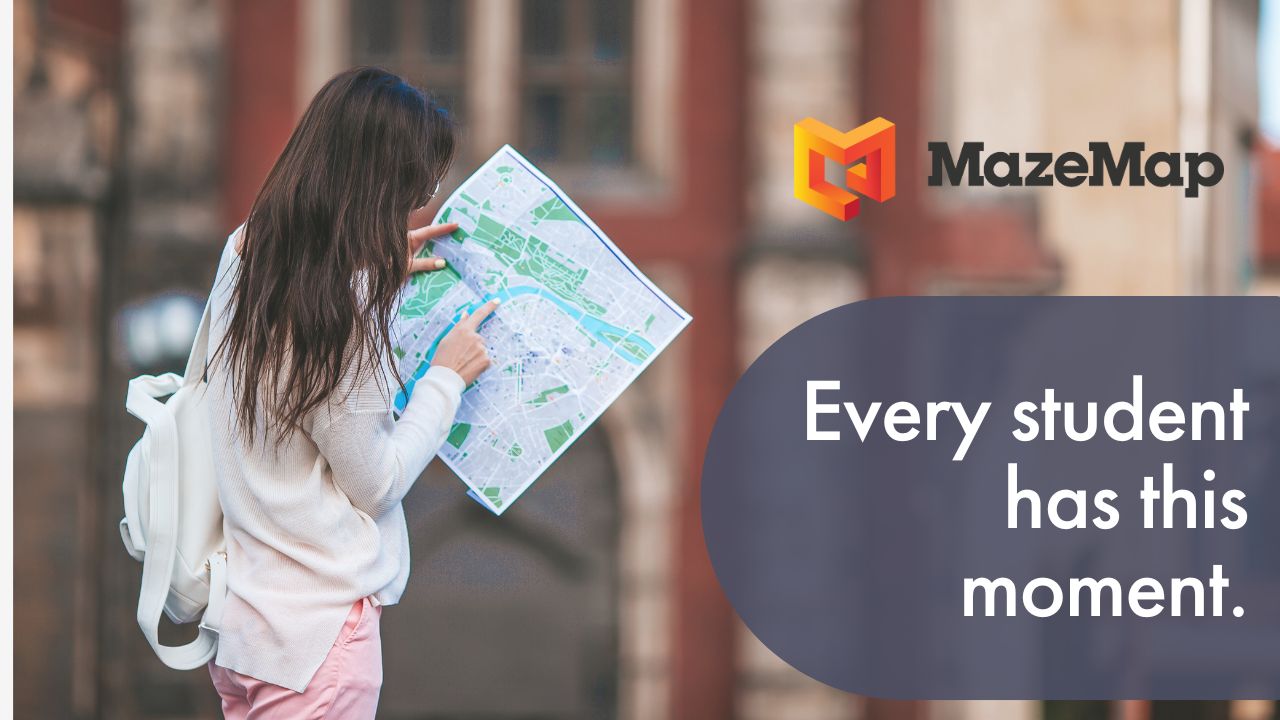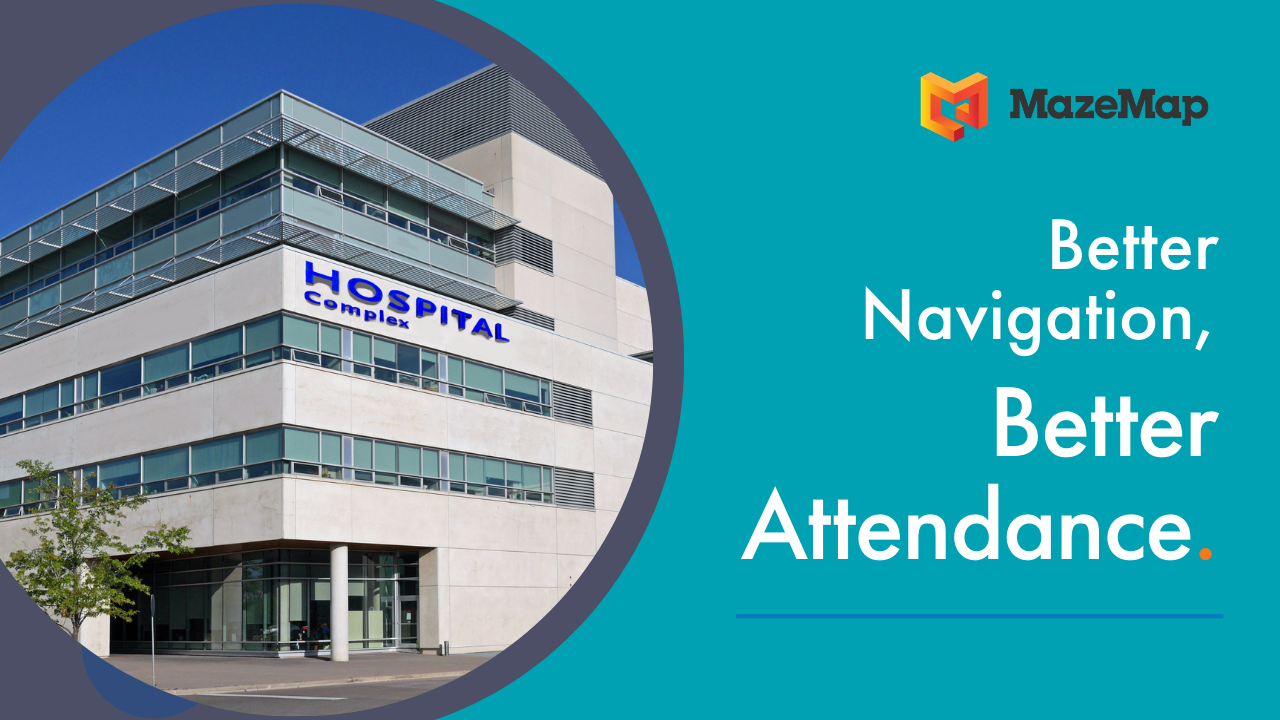Hospitals are typically big, complex buildings that can be overwhelming for patients, visitors, and even staff to navigate. Worrying about being on time for an appointment, or worse, missing it due to the complex hospital layout only exacerbates the patient’s condition. Bright lights and an artificial environment also add to patients stress levels.
We’ve put together a collection of our top things that hospitals need to consider to create a more welcoming and comfortable environment.

Natural lighting & elements of nature
Lighting and interiors are important elements to consider in creating a less stressful space for patients. Incorporating plants, natural materials and lots of big windows create a more pleasant environment that has a naturally calming effect. Studies have shown that adding plants to hospital rooms correlate with patients needing less painkillers, shorter hospital stays and experiencing a greater sense of calm throughout the day.

Calming colors
Hospitals are typically bright, sterile environments that can feel cold, harsh and uncomfortable. Adding carefully chosen colors to a space can help to create a more relaxing environment that's aids patient wellbeing and recovery. Adding calming blue, green and yellow hues to a space can bring a sense of calmness. On the opposite end of the scale, harsh bright colors such as red can overstimulate patients and stop them from being able to fully relax.

Layout
One of the main aspects that creates a stressful hospital environment is the way in which the hospital complex is laid out. Creating the most logical layout possible as well as using color coding or visual cues to help patients identify key points can help patients to have a more positive experience. When it’s not possible to adjust the hospital layout, adding interactive digital maps that patients can use on both kiosk interfaces and on their smartphones can help make navigating the complex less intimidating.

Digital maps
Hospital wayfinding plays a big role in stress levels amongst patients. Many patients will be late to their hospital appointments, or will miss their appointments due to being lost. Paper maps are often sent out to patients before their appointments, but they’re not always very intuitive. Relying on the hospital interior signage alone isn’t always a reliable solution with patients needing to find the right part of the hospital before they can find the right signs. For elderly patients, physical signage can be confusing.
So how can hospitals work on improving the patient experience with digital maps?
Interactive digital maps are a great way to guide patients through the hospital complex. Indoor hospital maps can be opened on the patient’s smartphone or tablet and provide A to B directions. Some maps even have blue dot capabilities, showing the user where they are located on the map. Indoor maps can be combined with outdoor maps to give patients directions from their house, right up to a specific room or department in the hospital.

With indoor navigation hospital, URLs can be sent out in patient reminder text messages. When the patient clicks on the URL, the map opens up in their browser showing them exactly where they need to go. QR codes and URLs linking to directions can also be included on paper appointment letters.
MazeMap’s indoor maps for hospitals feature all of these capabilities and more. Reach out to a medical sales expert to find out how MazeMap can help improve the patient experience at your hospital.











